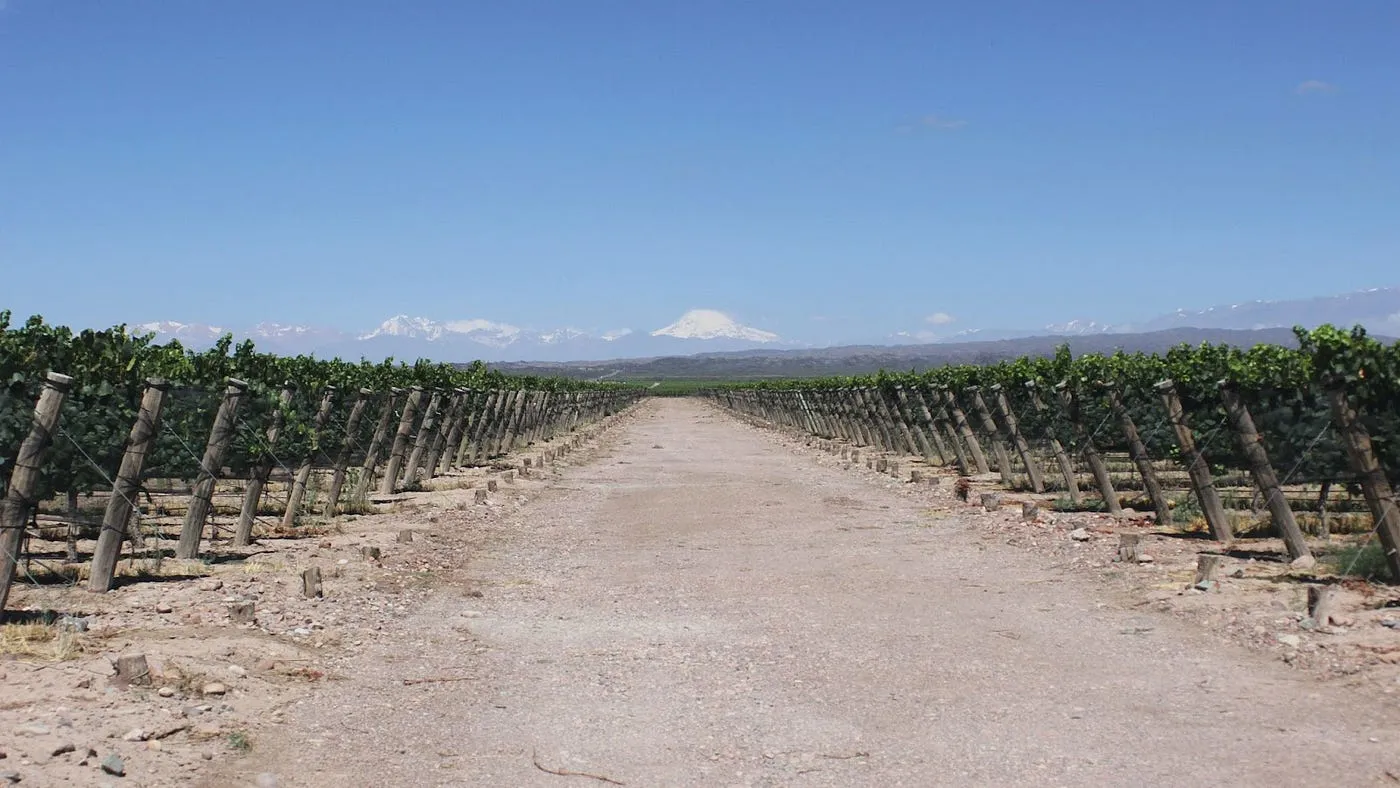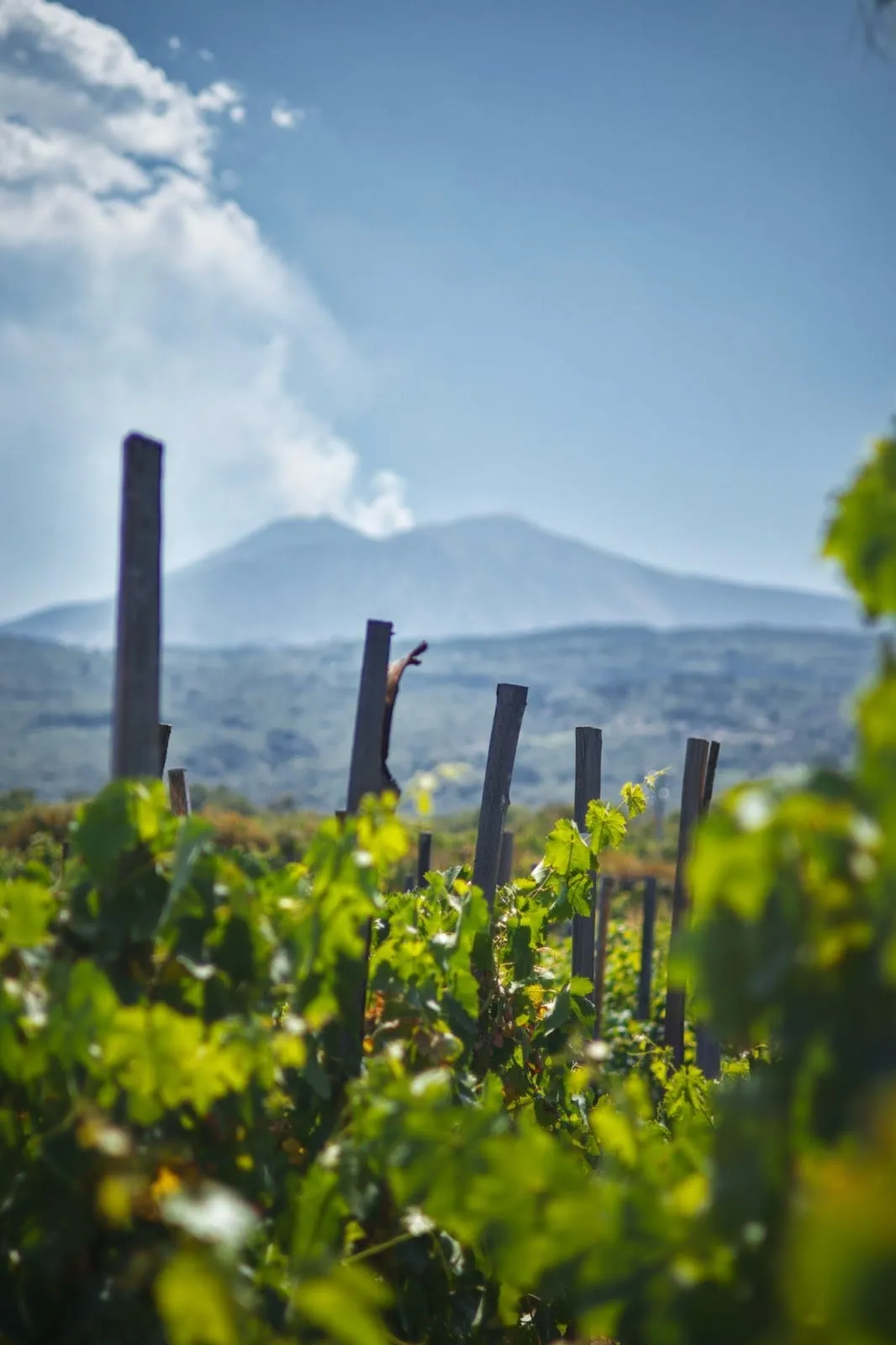- Wine Color/Type
- Top Occasions
- Unique Wines
- Surprise Me!
From High Mountains to Deserts: Extreme Wine Regions to Discover
Most wine regions around the world have comparable climate conditions: suitable climate, moderate precipitation, a minor change in elevation, and geographic type. However, the grapevine is a resilient creature that can survive in the harshest conditions, develop, and thrive to produce some of the world’s most fascinating wines. From high-altitude mountains to blistering desert sands, these extreme wine locations provide a taste-bud trip unlike any other.
Vines can thrive in nearly every condition. (Photo: Celso Costa, unsplash)
Uco Valley, Argentina
Argentina is home to high-altitude wine regions. While in Europe vineyards over 500 meters (1,640 feet) are considered high elevation, the average altitude of Argentina’s vineyards is around 1,000 meters (3280 feet) high. Located in the Andes mountains of Argentina, the Uco Valley sits at dizzying altitudes in the Mendoza region, reaching up to 1,500 meters (4,900 feet) above sea level. Because of the high elevation, the temperature difference between daytime and night is dramatic. The diurnal temperature range encourages late grape ripening and good acidity of the grapes.
The rocky, well-drained soils result in concentrated flavors in the grapes. This harsh climate and distinct terroir produce wines with intense fruit aromas, bright acidity, and extraordinary complexity. Malbec is the star of Uco Valley, with rich plum and blackberry flavors and delicate tannins that linger on the palate.
Salta, Argentina
Salta, another high-altitude wine region in Argentina, is known for having the world’s highest vineyards. They can reach amazing altitudes of over 3,000 meters (9,840 feet) above sea level here, perched along the Andes foothills.
Cooler temperatures are brought by the great altitude, which slows the ripening process and preserves the refreshing acidity of the grapes. A unique combination of height, direct sunlight, and temperature shift results in full-bodied red wines with distinct floral aromas and bright acidity, as well as perfumed, flavorful white wines. Malbec, Cabernet Sauvignon, Merlot, Tannat, Torrontés, and Chardonnay excel in Salta, producing wines with distinct personalities.
Etna, Italy
As Europe’s highest active volcano, Mount Etna’s high elevation and volcanic soils provide a remarkable environment for viticulture, resulting in wines of exceptional character and finesse. The altitude of the vineyard in the Etna region starts from 350 meters (1,000 feet) and can go up to 1,200 meters (3,940 feet) above sea level, with the best vineyards sitting around 800 meters (2,625 feet) above sea level. Interestingly, some of the best vineyard parcels in the Etna region are excluded from the regulated quality DOC system because their heights exceed the permitted limit.
The volcanic ash and lava impart mineral nuances to the grapes, resulting in wines with a distinct volcanic terroir. The predominant grape variety on Etna is Nerello Mascalese, a red grape that yields elegant and earthy wines with bright red fruit flavors, hints of spice, and refreshing acidity. The freshness and minerality of Etna’s white wines, primarily made from Carricante, capture the spirit of the volcanic region.
Stunning scenery at Mt. Etna (Photo: Caitlyn Vermeij, unsplashed)
Atacama, Chile
Chile is known for its long and narrow shape, which provides a great diversity of viticulture. The Atacama Desert, one of the driest regions on the planet, is Chile’s northernmost wine region. With 360 sunny days a year and soils that suffer from high salinity, there are secret pockets of vineyards that thrive in difficult conditions thanks to innovative irrigation systems and indigenous water management.
Extreme weather in the desert leads to extremely low yields, which enhance the flavors of the grapes. The Atacama red wines boast great concentration, intense fruit notes, and grippy tannins. The white wines, on the other hand, contrast tropical fruit flavors with vibrant, crisp, and lively acidity
Gobi Desert, China
We travel from the dunes of South America to China’s Gobi Desert, where an unexpected oasis of vines arises. Although China is a relative newcomer to the world of quality wine production, winemakers there are overcoming harsh temperatures and sandy soils to produce wines of surprising quality.
The extreme climate, particularly the dry conditions and severe winter provide obstacles to winemaking. Growers bury the vines underground in the winter to protect them from freezing temperatures. However, the harsh environment ensures few pests or diseases, as well as little fungal pressure, supporting organic viticulture. The red wines of the region are powerful and intense, with characteristics of black fruit and spices. The white wines have a bright fruitiness and pleasant acidity.
To the surprise of some, Israel is an important quality wine producing country
(Photo: Taylor Brandon, unsplash)
Negev, Israel
Our final destination is Israel’s Negev Desert, one of the world’s warmest and driest wine-producing regions. The extreme weather conditions in the region feature high diurnal temperature variance and exceptionally low precipitation, with only 100mm (4 inches) of rain per year.
Because of the harsh environment, the grape berries are small and concentrated in flavor. The red wines produced here have a rich berry flavor and strong tannins. Meanwhile, the white wines boast enticing citrus and tropical fruit flavors as well as pleasant acidity.
Discover our favorite extreme wines:
Tenuta delle Terre Nere Etna Rosso
From the high mountains of Argentina to the oasis-like deserts of China and Israel, these extreme wine regions demonstrate that exceptional wines can be produced even in the most difficult environments. These wines are a blend of nature’s power and the craft of the winemaker, reminding us how amazing and diverse the wine world is.
by Sylvia Ba
Latest articles







